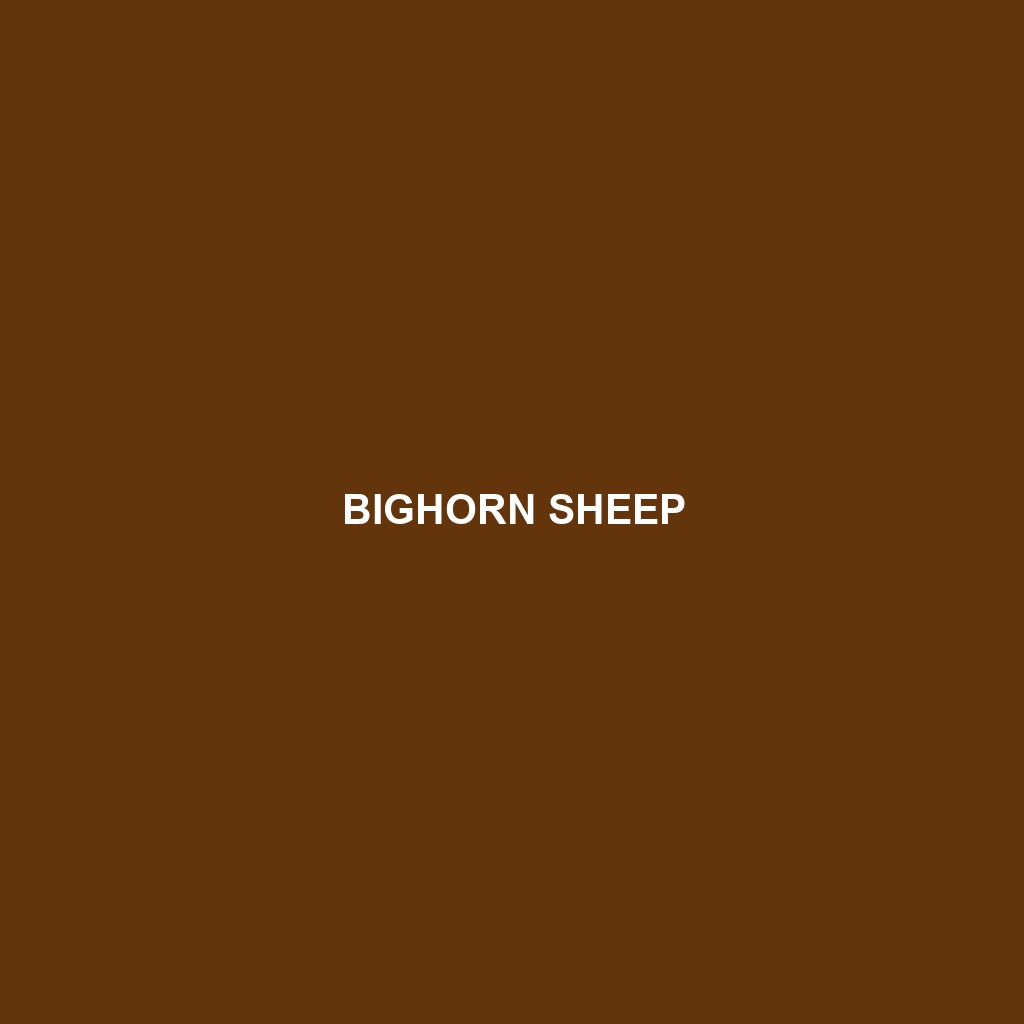Domestic Sheep
Common Name: Domestic Sheep
Scientific Name: Ovis aries
Habitat
Domestic sheep are primarily found in a variety of habitats across the globe, with their presence noted in regions ranging from the temperate grasslands of North America to the alpine meadows of Europe and Asia. They thrive in environments that offer ample grazing opportunities, often in fields, pastures, and open hillsides. Commonly domesticated, these animals are often raised in agricultural settings, where they are provided with shelter and managed grazing lands.
Physical Characteristics
Domestic sheep vary significantly in size and appearance, generally weighing between 100 to 300 pounds. Their woolly coats can range from white to shades of brown and black, featuring a variety of textures and densities. Notable breeds include the Merino, known for its fine wool, and the Suffolk, recognized for its distinctively black face. Unique features such as curly horns are seen in certain breeds, making their appearance diverse and visually distinctive.
Behavior
Domestic sheep are social animals that typically live in flocks, which helps protect them from predators. Their behavior includes grazing during the day and resting in the shade during hotter hours. They communicate through vocalizations, body language, and facial expressions. Notably, they exhibit strong maternal instincts, often bonding closely with their young and displaying protective behaviors.
Diet
Domestic sheep are herbivores with a diet primarily consisting of grasses, clovers, and other forbs. They are grazing animals that prefer to feed on low-lying vegetation and can adapt their diet based on available forage. Sheep are known for their unique rumination process, where they regurgitate and re-chew their food, allowing for better digestion and nutrient absorption.
Reproduction
The breeding season for domestic sheep typically occurs in the fall, lasting from September to November. Ewes generally give birth to one to three lambs after a gestation period of about five months. Lambs are usually weaned by the age of 2 to 4 months, although they may continue to receive parental care for several months thereafter. Maternal care is crucial in the early stages of the lamb’s life, as ewes recognize their young through vocalizations and scent.
Conservation Status
Currently, the domestic sheep population is not considered endangered; however, specific breeds may face challenges. The conservation status of some rare breeds is classified as threatened due to declining numbers and loss of genetic diversity. Efforts are being made to preserve these breeds through sustainable farming practices and conservation programs.
Interesting Facts
Domestic sheep are known for their excellent memory, enabling them to recognize other sheep and humans even after long periods of separation. Furthermore, sheep have a unique field of vision, allowing them to see behind themselves without turning their heads. This characteristic aids in predator detection.
Role in Ecosystem
Domestic sheep play an essential role in their ecosystems, particularly in managing pasture lands and promoting biodiversity. By grazing, they help control overgrown vegetation, which benefits other plant species. Their manure also contributes to soil fertilization, supporting a healthier ecosystem for various plant and animal life.
